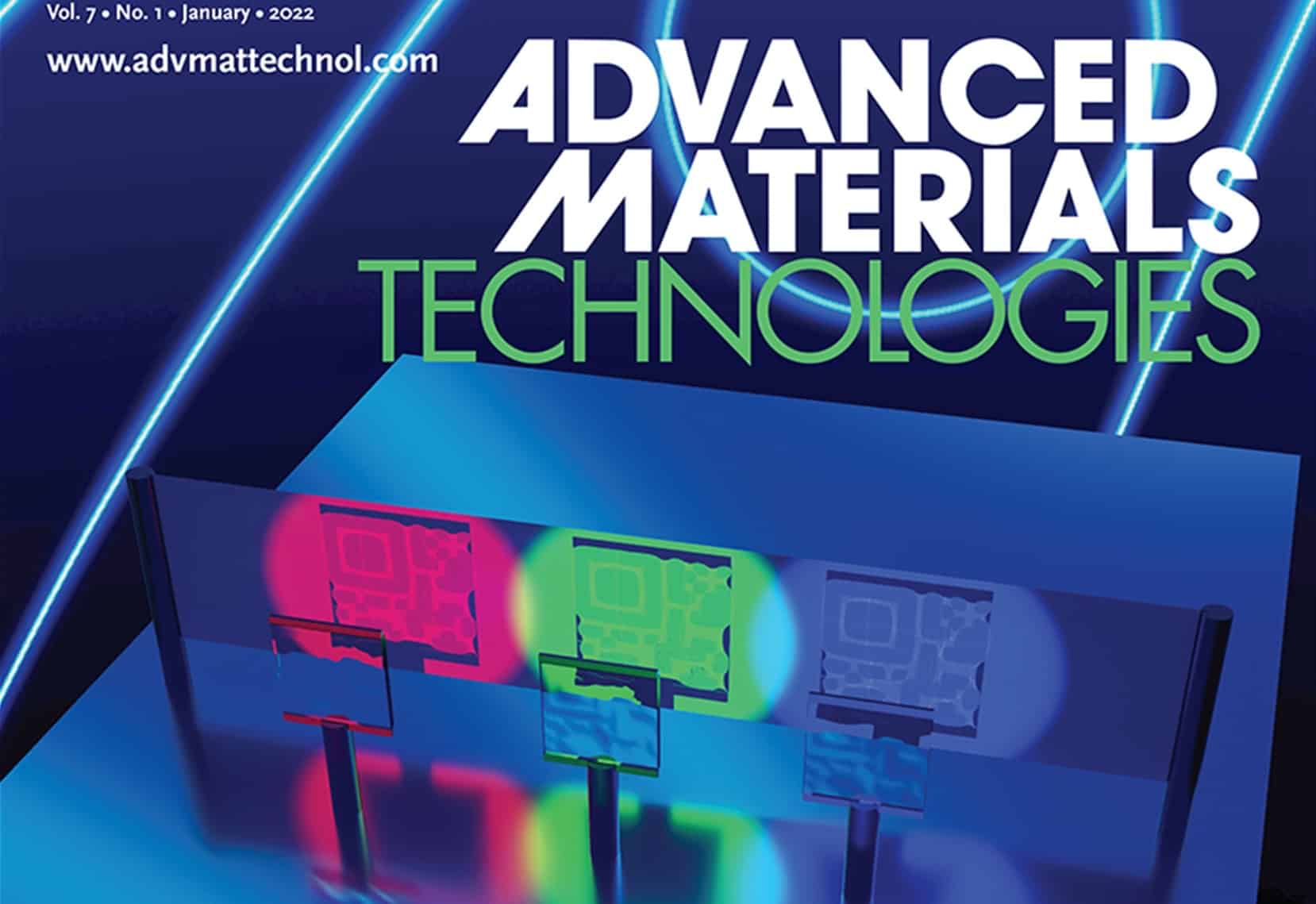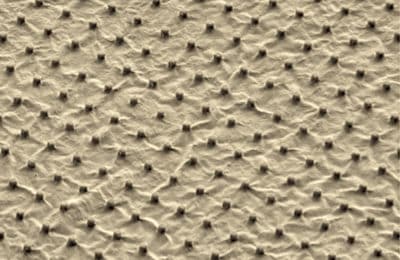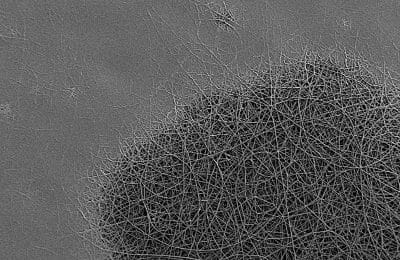In an article just published on Advanced Material Technologies a research team, coordinated by Francesco Pisani from Pisa University and Andrea Camposeo from Cnr Nano, developed stretchable and 3D printed cryptographic magic windows capable of generating light patterns by refraction.
Refractive freeform components are becoming increasingly relevant for generating controlled patterns of light, because of their capability to spatially modulate optical signals with high efficiency and low background. Magic windows are transparent refractive components whose surface reliefs are designed by the inverse Laplacian of a target light pattern and are capable to reshape an incoming light beam into the target image. However, the use of these devices is still limited by difficulties in manufacturing macroscopic elements with complex, 3D surface reliefs.
Now the research team, which also includes Francesca D’Elia (NEST lab, Scuola Normale Superiore), Alessandro Tredicucci and Dario Pisignano from Università di Pisa and NEST, developed 3D-printed and stretchable magic windows, manufactured by digital light processing – a fast and cheap 3D printing technology – capable of projecting a predefined light pattern, upon illumination with light in the visible range, including white sources. The team demonstrated their use as cryptographic systems, in which the information, such as micro-QR-codes, carried by a light pattern is encrypted in the 3D topography of the magic window and unveiled by projection of the light pattern on a screen. Such novel, freeform elements with 3D shape and tailored functionalities is relevant for applications in illumination design, smart labels, anti-counterfeiting systems, and cryptographic communication.
Scientific article reference:
Francesca D’Elia, Francesco Pisani, Alessandro Tredicucci, Dario Pisignano, Andrea Camposeo, Cryptographic Strain‐Dependent Light Pattern Generators (Adv. Mater. Technol. 1/2022)
https://doi.org/10.1002/admt.202101129


